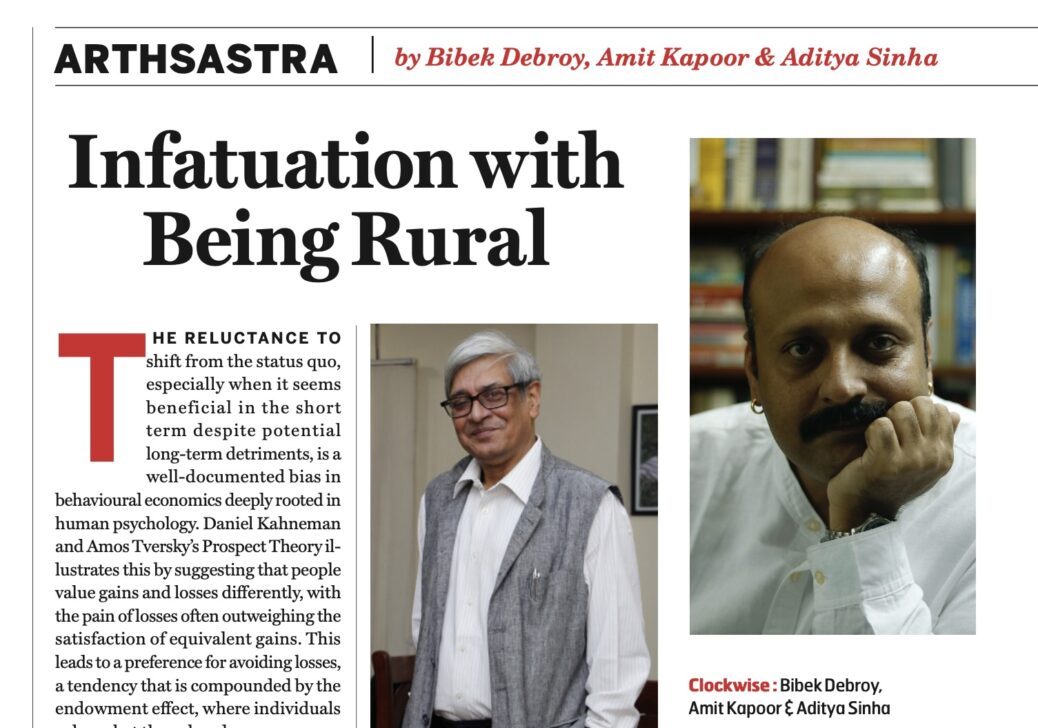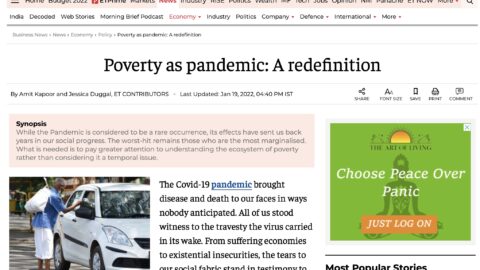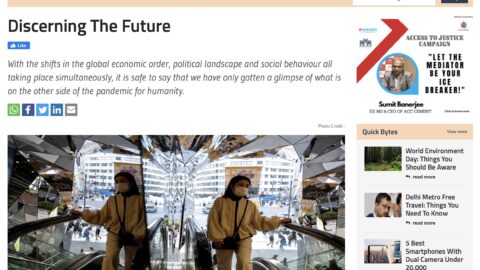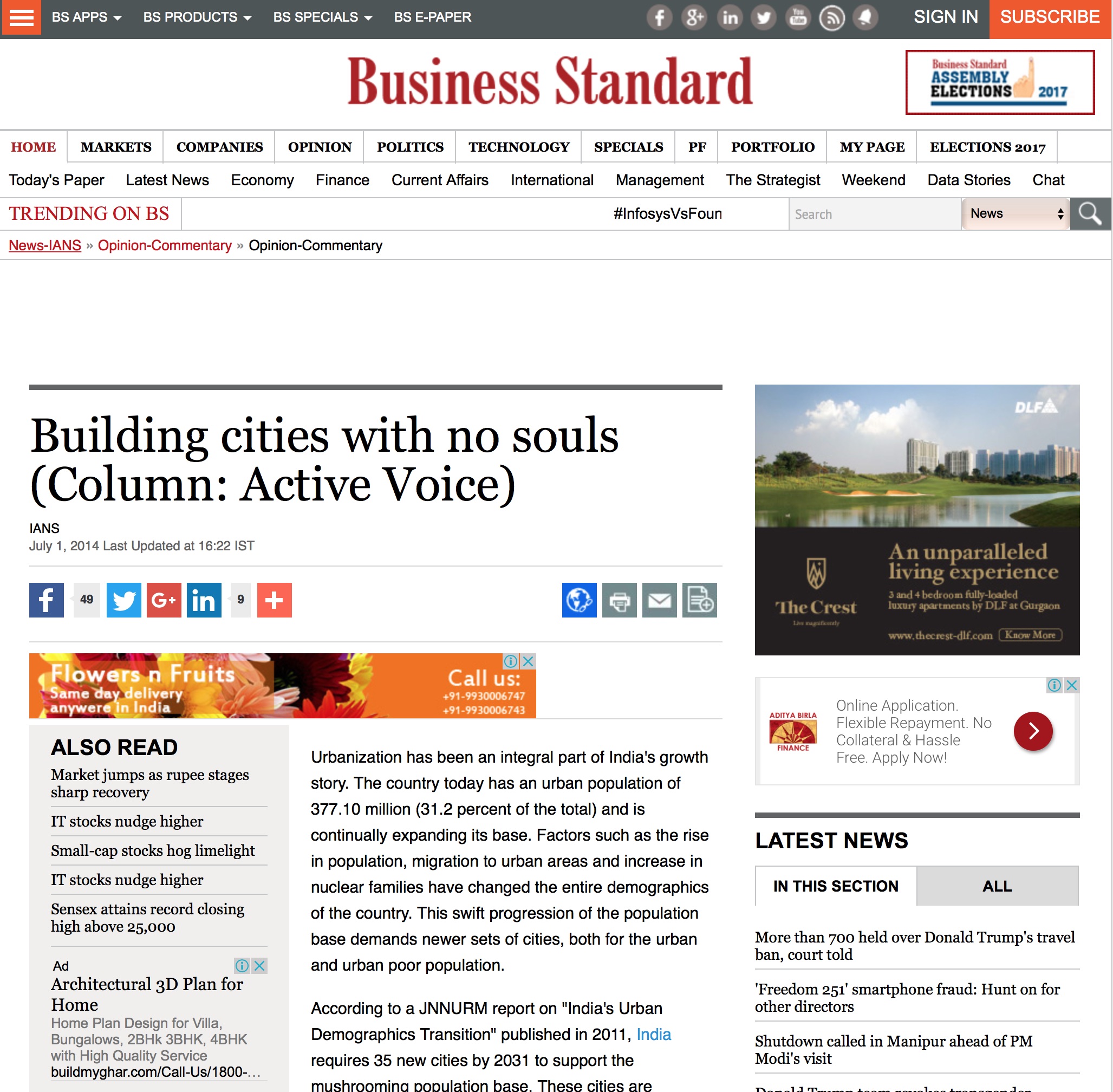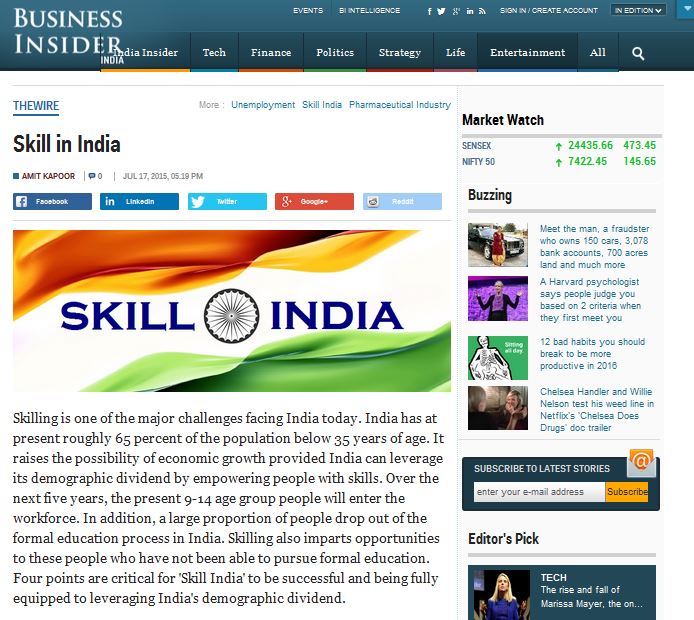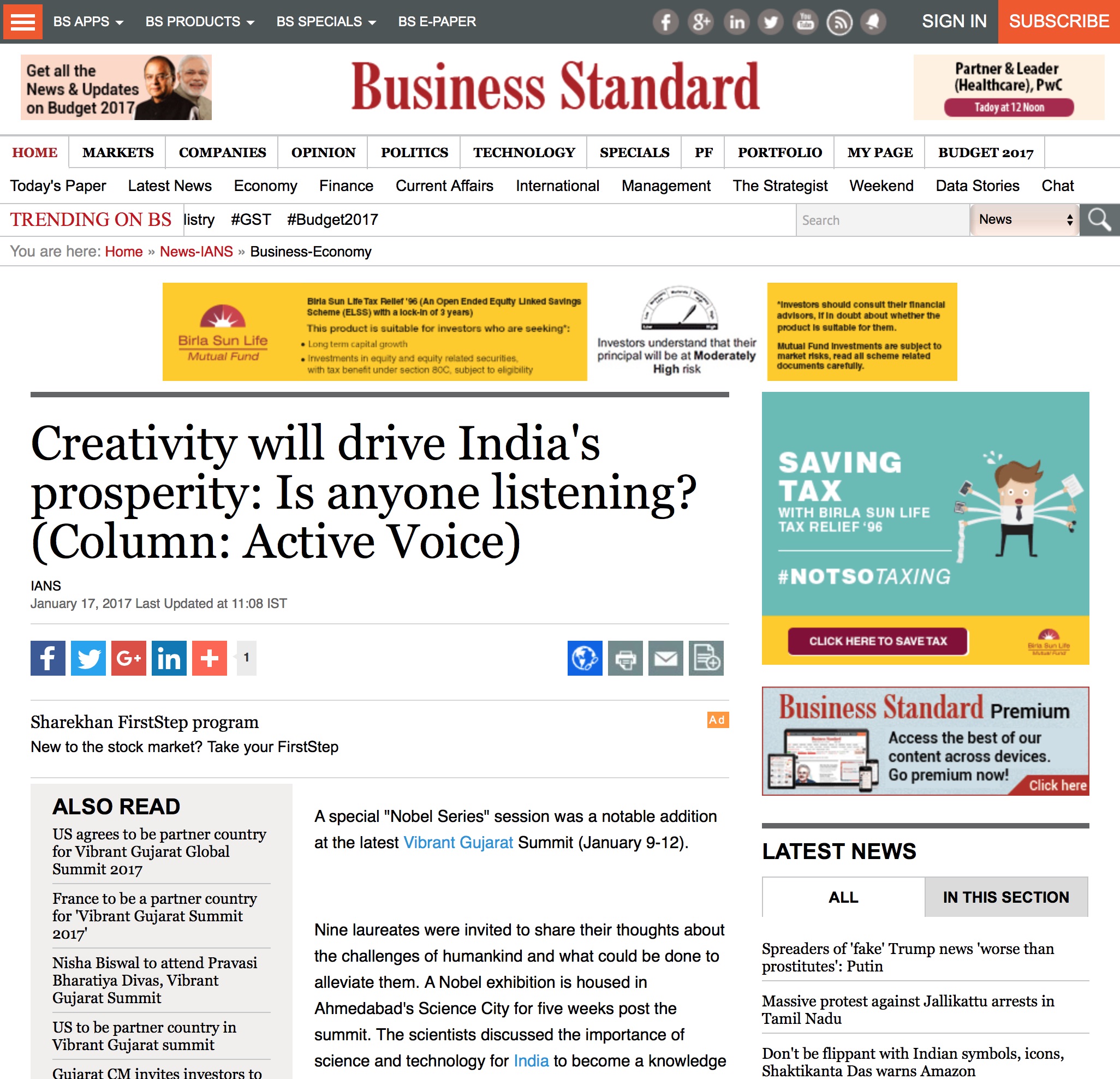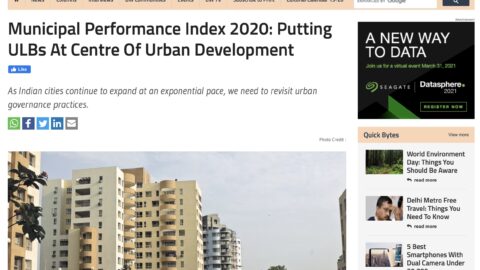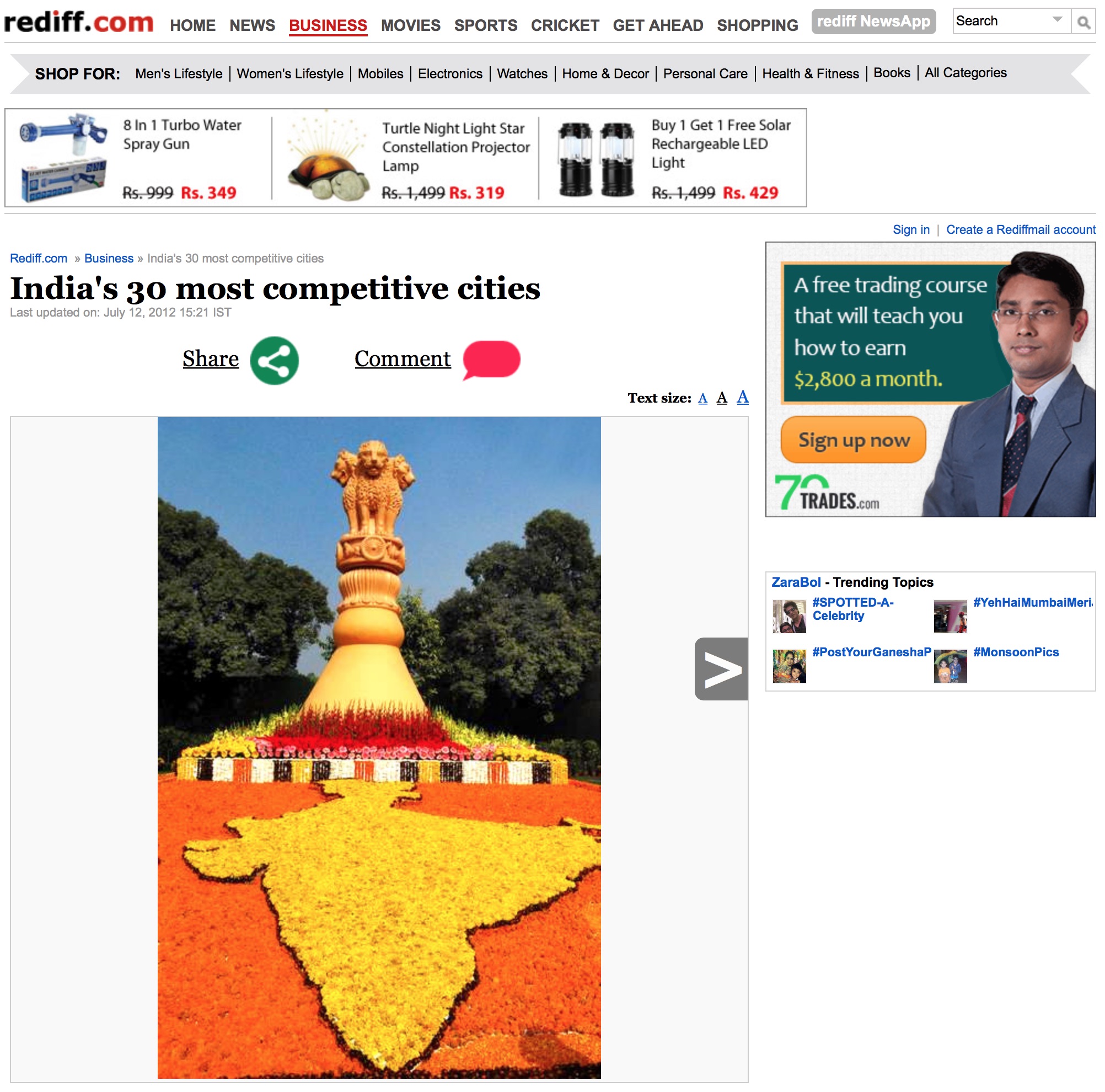By Bibek Debroy, Amit Kapoor & Aditya Sinha
The reluctance to shift from the status quo, especially when it seems beneficial in the short term despite potential long-term detriments, is a well-documented bias in behavioural economics deeply rooted in human psychology. Daniel Kahneman and Amos Tversky’s Prospect Theory illustrates this by suggesting that people value gains and losses differently, with the pain of losses often outweighing the satisfaction of equivalent gains. This leads to a preference for avoiding losses, a tendency that is compounded by the endowment effect, where individuals value what they already possess more highly than what they might gain. The concept of temporal discounting further explains this resistance to change, as people tend to prioritize immediate rewards over future benefits, even when the latter are significantly greater. Philosophical perspectives, like John Stuart Mill’s utilitarianism, suggest that this bias can lead to decisions that do not maximize overall happiness or welfare, emphasizing the complexity of human decision-making beyond mere economic calculations.
In the context of India, this behavioral bias manifests in the reluctance of both state governments and residents of rural areas to reclassify as urban. The immediate benefits of maintaining a rural designation, such as eligibility for various government schemes and subsidies intended to support rural development, provide a strong incentive to resist change. These benefits are perceived as more valuable in the short term, despite the potential long-term advantages of urban classification, such as improved infrastructure and economic opportunities.
The incorrect categorization of urban areas as rural in India poses significant challenges to both urbanization and rural development. As urban areas continue to grow, driven by the aggregation of skilled individuals and capital, their capacity to produce goods and services far exceeds that of rural areas, necessitating distinct forms of administration and support. However, the prevailing classification system, heavily influenced by political incentives and the assumption that rural areas inherently require more support due to a lack of proximity to resources, leads to a misallocation of resources. This system not only incentivizes politicians to maintain the rural status of developing urban areas to secure electoral support but also hinders the appropriate allocation of government schemes, which are often indiscriminately applied to all areas deemed ‘rural’ regardless of their actual urban characteristics or needs. This misclassification results in urban areas, in reality, being deprived of the specific forms of governance and support that could facilitate their development and address urban-specific challenges.
The consequences of delayed administrative reclassification are profound, impacting the efficacy of public goods provision and the overall development trajectory of these areas. Urban Local Bodies (ULBs), mandated to handle urban-specific responsibilities such as land-use planning and building regulations, are essential for managing the complexities of urban settlements. In contrast, panchayats, governing administratively rural areas, lack the resources and expertise to adequately address the needs of urbanizing populations, leading to inadequate infrastructure, poor sanitation, and a host of other urban challenges. The resistance to transition from rural panchayats to ULBs, fueled by factors such as lower taxes in rural areas, perceived higher government funding, and political dynamics, exacerbates the situation. This resistance not only stifles urbanization but also places unsustainable strain on the provision of public goods, leading to a misallocation of developmental programs and unmet local needs, ultimately hindering the potential for sustainable growth and development in these rapidly urbanizing areas.
In India, the rural/urban classification is primarily the responsibility of state governments.
State governments’ reluctance to officially recognize nominally rural areas that surpass urban benchmarks as urban is rooted in a complex array of obstacles and concerns, reflecting the critique by James C. Scott in “Seeing Like a State”. The intricate, mixed-use character of transitioning regions defies the clear-cut classifications preferred by state mechanisms, complicating the urbanization narrative. Concerns over disrupting established local governance models and the potential socio-economic ramifications—including increased living costs, displacement, and the erosion of agricultural livelihoods—add layers of complexity. Political dynamics further entangle the situation, as stakeholder interests and power structures come into play, potentially leading to resistance from communities wary of losing their cultural identity and autonomy. Additionally, the daunting task of providing adequate urban infrastructure and services, coupled with the observed decoupling of economic growth from urban expansion, prompts a cautious approach from state authorities.
A recent paper (https://bit.ly/47ZAVeq) published in the Journal, World Development, by Robbin Jan van Duijne through a case study of Samstipur, Bihar has tried to ascertain why people want to remain rural. One significant fear is the disruption of agrarian livelihoods, where the move to urban status could undermine traditional agricultural practices and rural sustainability. However, this concern might be misplaced as urban planning can integrate urban agriculture and support for agro-based industries, thus preserving and enhancing agrarian livelihoods within an urban framework. Urban-rural linkages can be strengthened through policies that ensure a symbiotic relationship between traditional and new forms of livelihood.
Another point of resistance is the potential loss of targeted rural development benefits, which rural communities rely on. The transition to urban areas, however, opens access to a broader array of development programs focused on infrastructure, healthcare, education, and employment, which can be tailored to include transitioning populations, ensuring that urban development benefits are inclusive.
The anticipated increase in the cost of living and taxation in urban areas also raises concerns about affordability for lower-income groups. Yet, the improved access to services, amenities, and diversified employment opportunities that come with urbanization can lead to higher income levels. Progressive tax policies and affordable housing initiatives can mitigate increased costs, making urban living accessible to all.
The fear of displacement and land ownership issues, particularly among marginalized communities, is palpable, with concerns about land acquisition for development projects. However, urban planning that incorporates social equity can prevent displacement and ensure that development projects are beneficial to the broader community, safeguarding the rights of existing residents through legal protections and participatory planning processes.
Concerns about the loss of local governance and autonomy are also prevalent, as the shift to urban governance is often perceived as diluting community participation and decision-making. This, however, can be addressed by designing urban governance models that enhance community participation, ensuring that transitioning communities are represented in urban administrative bodies, thus maintaining local autonomy within an urban context.
The uncertainty over mixed livelihoods that combine agrarian and non-agrarian activities is another significant concern, with doubts about the sustainability of such livelihoods post-urbanization. Urban economies, however, offer diverse employment opportunities, and supportive policies can facilitate the integration of rural populations into urban economies, ensuring diverse and sustainable livelihood strategies.
Cultural and identity concerns also arise, with fears that the rich cultural fabric and rural identities might be eroded by urbanization. Thoughtful urban planning can, however, preserve and celebrate local cultures and traditions, ensuring that urban development enriches rather than erases local identities.
Finally, the process of reclassification and the ensuing administrative and governance changes involve significant political contestation among stakeholders with differing visions for urbanization. Engaging all stakeholders in transparent, inclusive decision-making processes can turn these challenges into collaborative efforts towards sustainable urban development, addressing and reconciling differing interests.
Bibek Debroy is Chairman, Economic Advisory Council to the Prime Minister (EAC-PM), Amit Kapoor is Chair, Institute for Competitiveness & Aditya Sinha is OSD, Research, EAC-PM.
The article was published with Business World on February 22, 2024.

